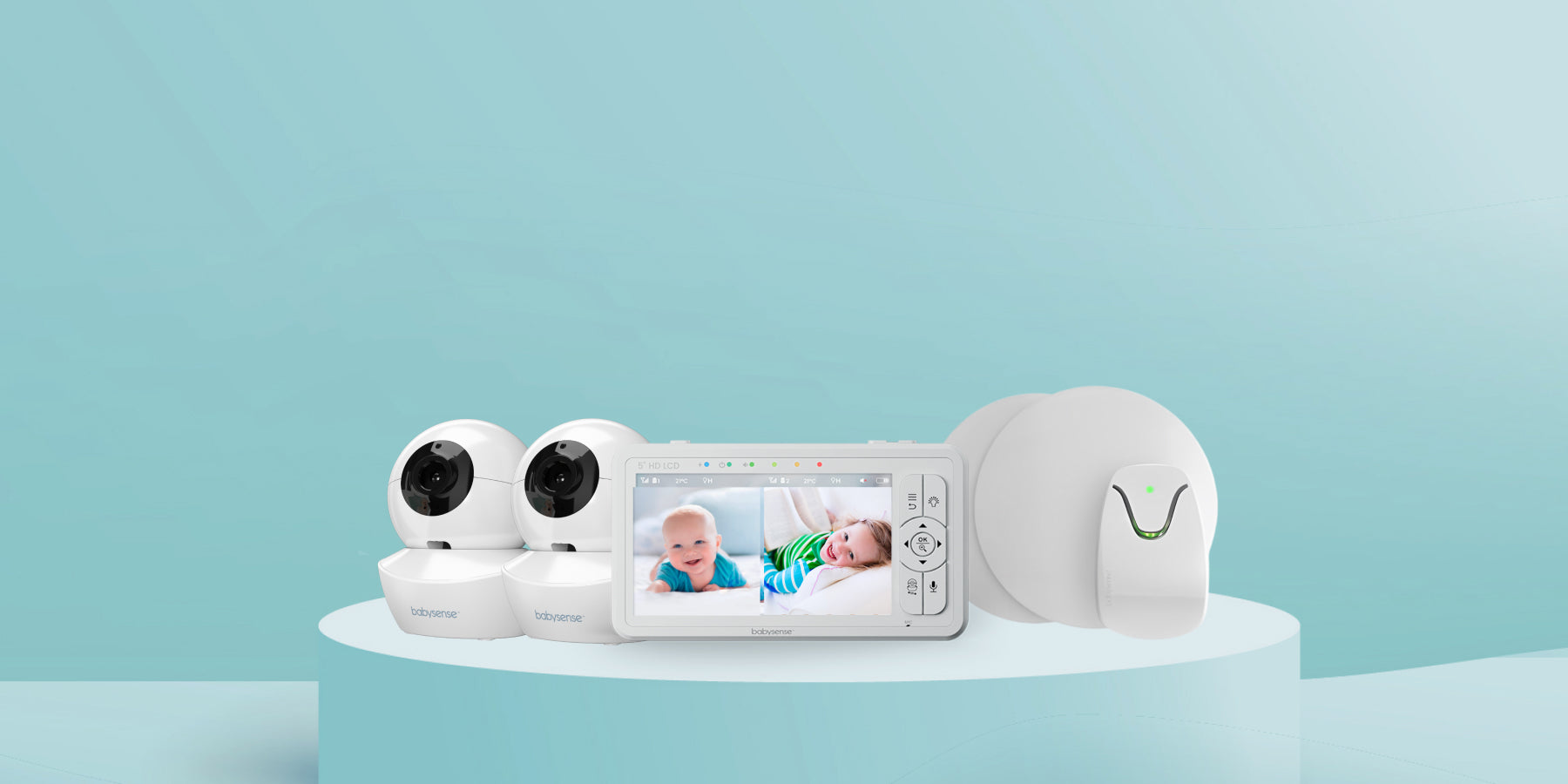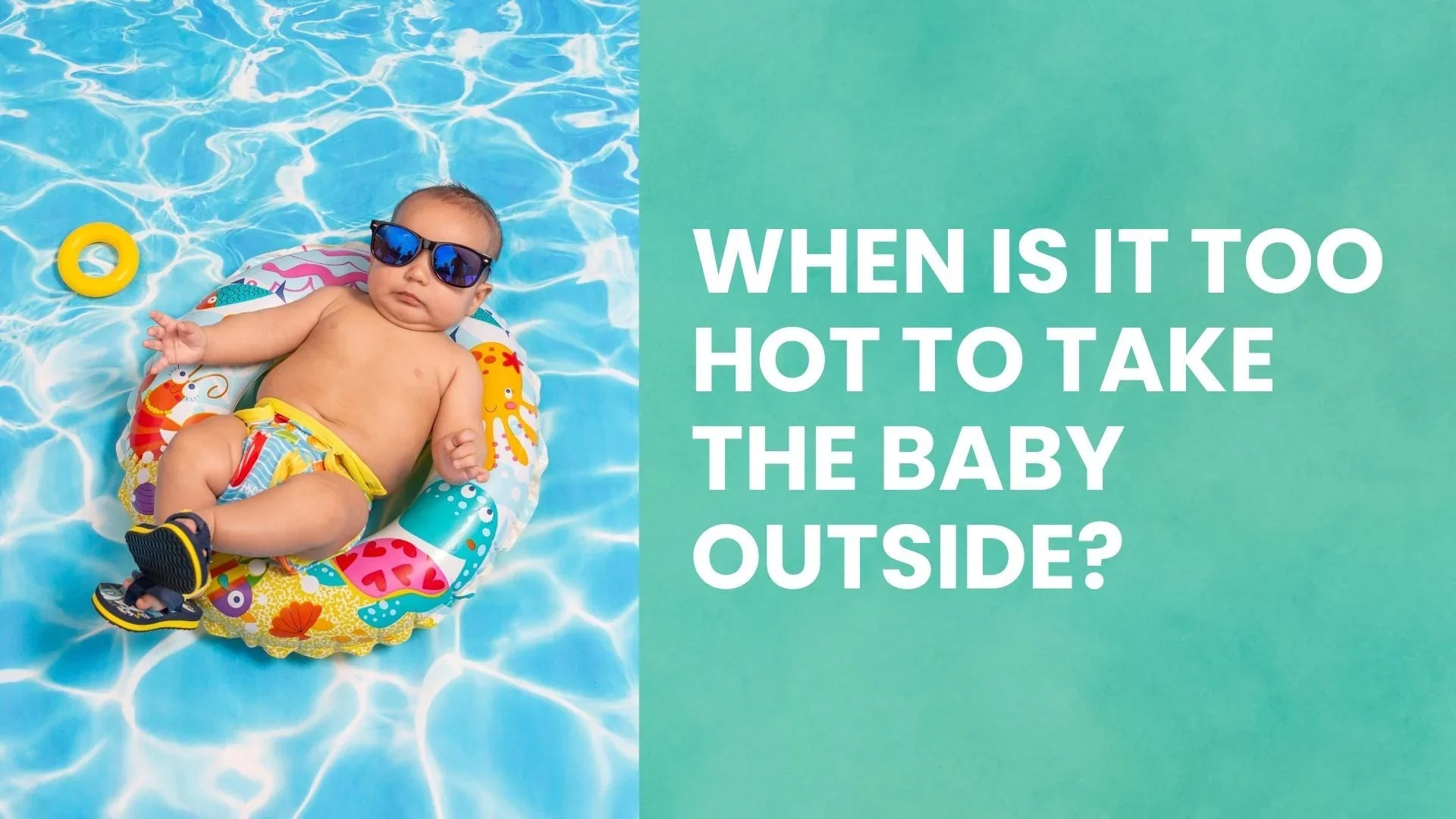Discover Lighthouse Parenting, the balanced, authoritative parenting style for 2025. Coined by Dr. Kenneth Ginsburg, this approach builds resilience and independence by providing guidance over control. Learn its core principles, benefits, and practical tips to move away from helicopter parenting and become a stable, guiding light for your child.
In the vast and often tumultuous sea of parenting advice, one philosophy is resonating deeply with families in 2025: Lighthouse Parenting. More than a fleeting trend, this balanced approach offers a powerful alternative to the extremes of helicopter or permissive parenting. It’s about being a sturdy, unwavering beacon of guidance for your children as they learn to navigate the waters of life.
This comprehensive guide explores the depths of the lighthouse parenting style, its core tenets, how it compares to other methods, and its profound benefits and challenges.
What is Lighthouse Parenting? The 2025 Definition
Coined by esteemed pediatrician and author Dr. Kenneth Ginsburg, lighthouse parenting is a model that balances unwavering love and support with the necessary space for children to develop independence and self-reliance.
Imagine a lighthouse on the shore. It doesn't steer the ships or calm the storms. Instead, it stands as a stable, reliable source of light, guiding vessels safely to the harbor. A lighthouse parent does the same: they provide a consistent and loving presence, offer clear guidance, and set firm boundaries, but ultimately trust their child to learn to navigate life's waves—stumbles, mistakes, and all. It’s about being present and watchful without being overbearing, and supportive without being smothering.
The 5 Core Principles of Lighthouse Parenting
This philosophy is built on a foundation of five key principles. Understanding these is the first step to answering the question, "how to be a lighthouse parent."
-
Be a Stable Beacon: The parent acts as a secure, anchored force. This stability provides a safe base from which children can explore the world, knowing they have a dependable source of support to return to, no matter what.
-
Example: After your teen has a major disagreement with a friend, you listen without judgment and validate their feelings, but you don't immediately call the other parent. You offer a safe space for them to process their emotions.
-
-
Guide, Don't Control: Lighthouse parents offer advice, share wisdom, and set clear, reasonable boundaries. However, they empower their children to make their own age-appropriate decisions.
-
Example: When your 10-year-old wants to spend all their allowance on a single toy, you discuss the pros and cons of saving versus spending, but you allow them to make the final choice, letting them experience the outcome.
-
-
Foster Independence and Resilience: The central goal is to raise capable, self-reliant children. This is achieved by allowing them to face challenges, solve their own problems, and take calculated risks.
-
Example: Your child forgets their homework. Instead of rushing it to school, you allow them to experience the natural consequence of explaining it to their teacher. This teaches responsibility more effectively than any lecture.
-
-
Embrace Failure as a Learning Opportunity: Mistakes are not emergencies; they are lessons. Lighthouse parents understand that failure builds crucial coping skills.
-
Example: Your child's science fair project doesn't win. You talk with them about what they learned from the process and what they might do differently next time, focusing on effort and learning rather than the outcome.
-
-
Maintain Open and Honest Communication: The parent-child relationship is built on trust and mutual respect. Children feel safe to share their problems without fear of an immediate takeover or harsh judgment.
-
Example: You create regular, device-free times where you can talk openly as a family, ensuring your child knows they can come to you with anything.
-
Lighthouse Parenting vs. Other Styles: A 2025 Comparison
-
Lighthouse vs. Helicopter Parenting: A helicopter parent hovers and micromanages. A lighthouse parent stands back, offering guidance from a distance and intervening only when safety is truly at risk.
-
Lighthouse vs. Bulldozer Parenting: A bulldozer parent clears every obstacle. A lighthouse parent allows their child to navigate obstacles, believing these challenges build competence.
-
Lighthouse vs. Permissive Parenting: A permissive parent offers freedom with few boundaries. A lighthouse parent balances freedom with clear, consistent rules, providing essential structure.
-
Lighthouse vs. Authoritarian Parenting: An authoritarian parent demands strict obedience. A lighthouse parent is authoritative—valuing rules while also prioritizing warmth, communication, and autonomy.
Why is Lighthouse Parenting Trending in 2025?
This approach is gaining traction for several key reasons. In a post-pandemic world, parents are more aware than ever of the need to foster mental health and resilience. There's also a growing recognition of "parental burnout" from overly-involved styles, making the balanced lighthouse approach more appealing. It aligns with the modern goal of raising emotionally intelligent children who can adapt to a rapidly changing world.
The Lifelong Benefits of a Guiding Light
The lighthouse approach is associated with a wealth of positive outcomes that are essential for a fulfilling life:
-
Increased Resilience and Confidence: Children learn to trust their own judgment and bounce back from setbacks.
-
Enhanced Problem-Solving Skills: Kids become critical thinkers who can find creative solutions.
-
Greater Independence: Children are better prepared for the responsibilities of adulthood.
-
Stronger Parent-Child Relationship: The bond is deeper, built on a foundation of trust and respect.
-
Improved Emotional Intelligence: Children learn to manage their emotions in a healthy, constructive way.
Practical Tips: How to Become a Lighthouse Parent
-
Practice the Pause: Before you jump in to solve a problem, take a breath. Ask yourself: "Is this a moment for guidance or a moment for them to learn on their own?"
-
Ask Guiding Questions: Instead of giving answers, ask questions like, "What do you think you should do?" or "What are your options here?"
-
Set Clear Boundaries Together: Involve your children in setting rules and consequences. This gives them ownership and makes them more likely to respect the boundaries.
-
Focus on Effort, Not Just Outcomes: Praise their hard work, their courage to try something new, or their perseverance through a struggle.
-
Model the Behavior: Be a lighthouse in your own life. Show your children how you handle stress, mistakes, and challenges with resilience and grace.
The Real Challenges of Lighthouse Parenting
-
Managing Parental Anxiety: It’s hard to watch your child struggle. Acknowledging this anxiety is the first step to managing it.
-
Adapting to Your Child: A sensitive child may need a brighter light and more gentle guidance, while a more adventurous child may need more room to explore.
-
Staying Consistent: Life gets busy and stressful. Sticking to this approach requires conscious effort and commitment.
-
Navigating External Judgment: You may face criticism from others who practice a more hands-on style. Be confident in your well-reasoned approach.
Lighthouse Parenting FAQ
Q1: At what age can you start lighthouse parenting? You can start from a very young age. For a toddler, it might mean letting them try to put on their own shoes, even if it takes a long time. The level of independence you grant will grow with your child's age and developmental stage.
Q2: Is lighthouse parenting the same as gentle parenting? They are similar and often overlap, as both emphasize respect and empathy. However, lighthouse parenting has a stronger focus on fostering independence and allowing for natural consequences, while gentle parenting's primary focus is on the emotional connection and responsiveness of the parent.
Q3: How do you handle safety concerns as a lighthouse parent? A lighthouse's primary job is to warn ships of dangerous rocks. Similarly, a lighthouse parent's number one priority is safety. This approach does not mean letting a child do something genuinely dangerous. You intervene for all safety issues; you guide through life lessons.
Conclusion
Lighthouse parenting offers a compelling and balanced philosophy for the modern world. It is an intentional approach that requires parents to be both a sturdy anchor and a guiding light. By providing a foundation of unconditional love and trust, while giving children the space to chart their own course, you can raise individuals who are not only successful but also resilient, independent, and secure in the knowledge that they always have a safe harbor to return to.





